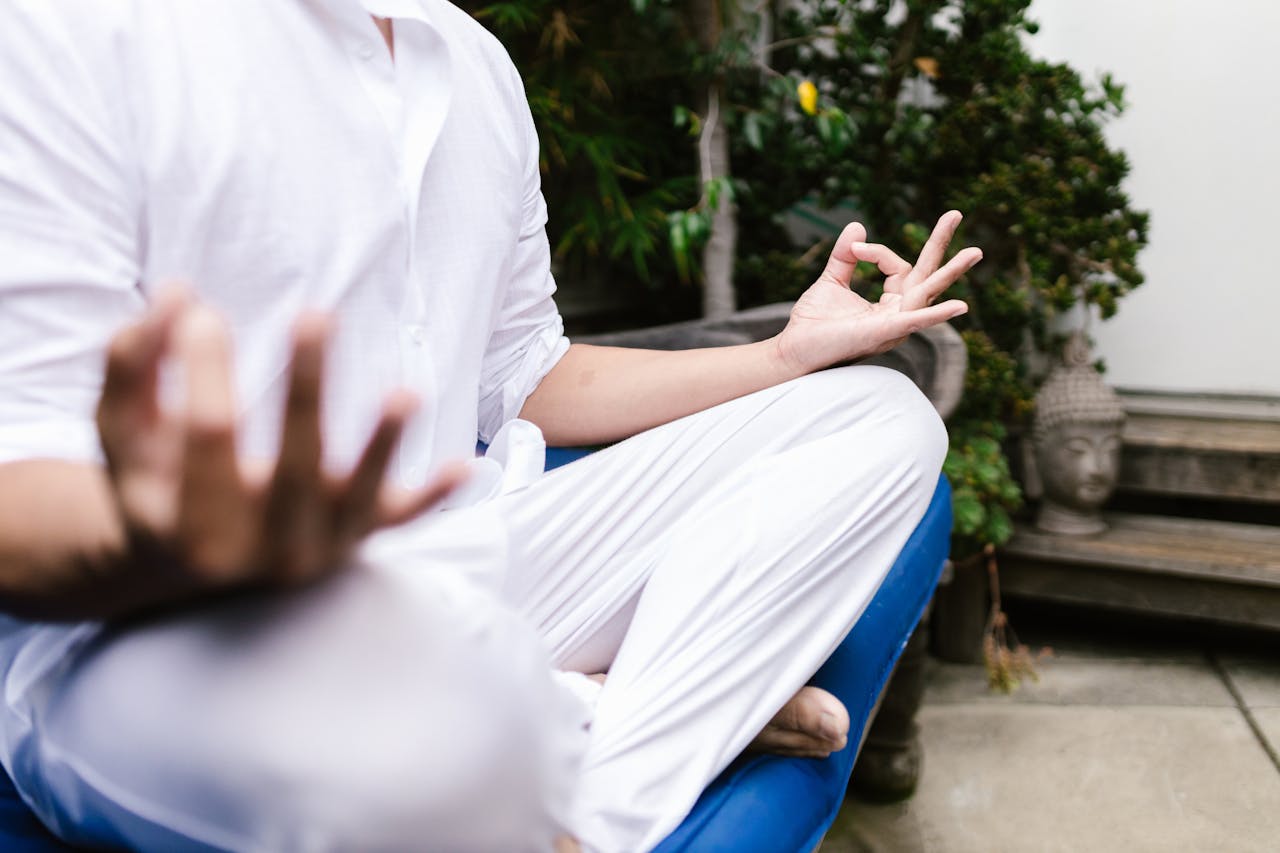Chronic Kidney Disease (CKD) is a progressive condition where the kidneys gradually lose their ability to filter waste and excess fluids from the blood. While conventional treatments like medications, dialysis, and kidney transplants are the primary approaches, many people seek complementary therapies such as yoga to support kidney health.
But can yoga actually cure CKD? The short answer is no—yoga alone cannot cure CKD. However, it may help manage symptoms, improve overall well-being, and slow disease progression when combined with medical treatment. Let’s explore how yoga can benefit CKD patients and its limitations.
Understanding Chronic Kidney Disease (CKD)
Before diving into yoga’s role, it’s essential to understand CKD:
-
Stages of CKD: Ranging from Stage 1 (mild) to Stage 5 (kidney failure).
-
Causes: Diabetes, hypertension, glomerulonephritis, and other conditions.
-
Symptoms: Fatigue, swelling, high blood pressure, and electrolyte imbalances.
Since CKD is irreversible, treatment focuses on slowing progression and managing complications.
How Yoga Can Support Kidney Health
While yoga isn’t a cure, it offers several benefits that may help CKD patients:
1. Lowering Blood Pressure
Hypertension is a major cause and complication of CKD. Certain yoga poses and breathing techniques (pranayama) help reduce stress and improve circulation, potentially lowering blood pressure.
-
Recommended Poses:
-
Balasana (Child’s Pose) – Calms the nervous system.
-
Shavasana (Corpse Pose) – Reduces stress hormones.
-
Nadi Shodhana (Alternate Nostril Breathing) – Balances blood pressure.
-
2. Reducing Stress and Inflammation
Chronic stress worsens kidney damage by increasing cortisol and inflammation. Yoga promotes relaxation, which may help mitigate these effects.
-
Mindfulness & Meditation: Practices like Yoga Nidra (yogic sleep) reduce oxidative stress linked to CKD progression.
3. Improving Circulation and Detoxification
Gentle yoga stretches and twists may enhance blood flow to the kidneys, supporting their function.
-
Helpful Asanas:
-
Ardha Matsyendrasana (Half Spinal Twist) – Stimulates kidney function.
-
Bhujangasana (Cobra Pose) – May improve renal blood flow.
-
Paschimottanasana (Seated Forward Bend) – Aids digestion and detoxification.
-
4. Supporting Diabetes Management
Since diabetes is a leading cause of CKD, yoga can help regulate blood sugar levels.
-
Studies Suggest: Regular yoga practice improves insulin sensitivity and glycemic control.
5. Enhancing Muscle Strength and Reducing Fluid Retention
CKD patients often experience muscle wasting and edema (swelling). Yoga helps maintain muscle tone and lymphatic drainage.
-
Useful Poses:
-
Viparita Karani (Legs-Up-the-Wall Pose) – Reduces leg swelling.
-
Setu Bandhasana (Bridge Pose) – Strengthens lower back and legs.
-
Limitations of Yoga in CKD Treatment
While beneficial, yoga has limitations:
-
Cannot Reverse Kidney Damage: Once kidney function is lost, yoga cannot regenerate nephrons (kidney cells).
-
Not a Replacement for Medical Treatment: Patients still need medications, dialysis, or transplants as prescribed.
-
Risk of Overexertion: Some advanced poses may strain the body—always consult a doctor before starting.
Best Yoga Practices for CKD Patients
If you have CKD, follow these guidelines:
✅ Choose Gentle Yoga Styles: Hatha, Restorative, or Yin Yoga are safer than intense forms like Power Yoga. ✅ Avoid Over-Twisting: Extreme twists may strain kidneys—modify poses as needed. ✅ Stay Hydrated: Drink water as per your doctor’s recommendation. ✅ Monitor Blood Pressure: If you feel dizzy, stop and rest.
Conclusion: Yoga as a Supportive Therapy, Not a Cure
Yoga cannot cure CKD, but it can be a powerful complementary therapy to: ✔ Lower blood pressure ✔ Reduce stress and inflammation ✔ Improve circulation ✔ Support diabetes management
If you have CKD, always consult your nephrologist before starting yoga. When practiced safely, yoga can enhance quality of life alongside medical treatments.

